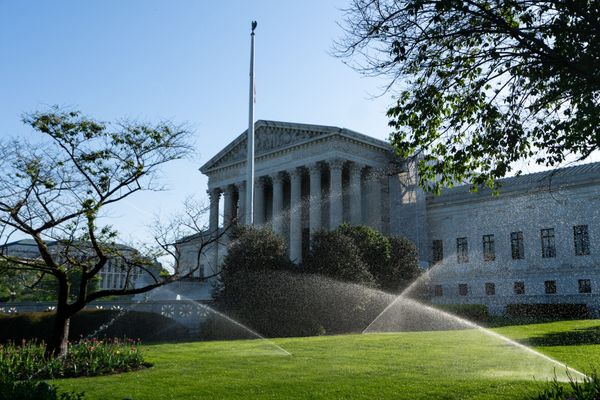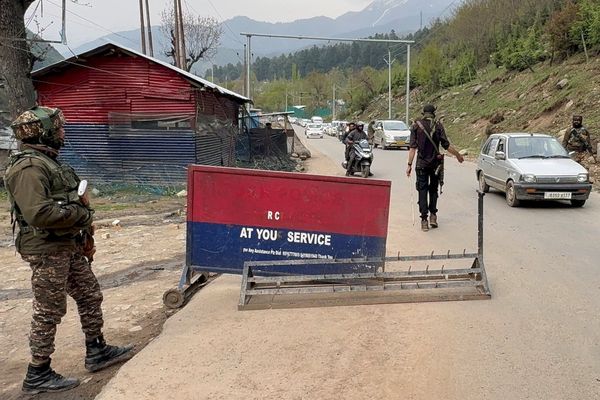
Voters in Scotland, Wales and parts of England will vote in local elections on 5 May. All London borough councils will be up for grabs and seven areas of England will elect mayors.
Since the last time most of these seats were contested in 2018, the political landscape has changed significantly. In England, both the Labour and Conservative parties have replaced their UK leaders, while the Covid-19 pandemic, the war in Ukraine and a cost of living crisis have all hit.
Although local issues will certainly carry a weight, the elections in England will be seen as a test for Boris Johnson’s leadership in wake of the Partygate scandal and the government’s handling of the cost of living crisis. Recent polls show that Labour has a slight lead over the Conservatives.
In Scotland, Labour’s status is also the dominant theme. There, Labour hopes to replace the Tories as the country’s second largest party behind the SNP; successive opinion polls this year suggest it is on course to do so, with Partygate severely denting unionist backing for the Tories.
National polling, however, is only of limited use in local elections, which only happen across some parts of the country.
In England, most of the seats will be contested in London – 1,817 seats across 32 boroughs – where Labour controls the vast majority of councils. Outside the capital, a wide variety of councils are up for election: 33 metropolitan borough councils covering 904 seats; 21 unitary authorities, with 627 seats; 60 district councils (1,011 seats). Six mayors will also be elected in London boroughs, and one in the South Yorkshire Combined Authority.
In Scotland, there are 1,219 seats up for grabs in 32 unitary councils, while for Wales it is 1,234 seats in 22 councils.
The fact that many English metropolitan boroughs, as well as every London council, are up for election means the Conservatives could struggle in traditional Labour strongholds. In total, Labour will be defending 69 councils across England, Wales and Scotland, compared to the Conservatives’ 47.
The Northern Ireland assembly election will also take place on 5 May. Polling puts Sinn Féin, a party that campaigns for a united Ireland, on course for a historic victory, becoming the largest party in Stormont.
Key battlegrounds
With the next general election rapidly approaching, Labour will be hoping that these elections show signs of a bounce back that they can build up.
To do this, Labour will need to make up ground in the constituencies they lost in 2019 – several of which overlap with councils that have seats up in the 2022 local elections.
In total, there are 11 councils in England and Wales that the Guardian has assessed as essential for Labour to see at least some gains if they are to have serious hope of returning to power. All of these saw Conservative flips in the 2019 general election and hold opportunities for Labour to at least wrestle full control away from the Tories.
This is especially true in the four Welsh councils, where Labour will hope to build momentum after strong Welsh parliament election results last year.
If Labour fails to make gains in these seats, especially after the latest Partygate developments which saw Johnson fined for breaking his own coronavirus regulations, there will be serious questions asked of Keir Starmer’s ability to win the next general election.
• This article was amended on 19 April 2022. Denbighshire council is run by a coalition of Conservatives and Independents, but the coalition does not include Plaid Cymru as an earlier version said. And two references to the “Welsh Assembly” have been corrected to the “Welsh parliament”.







